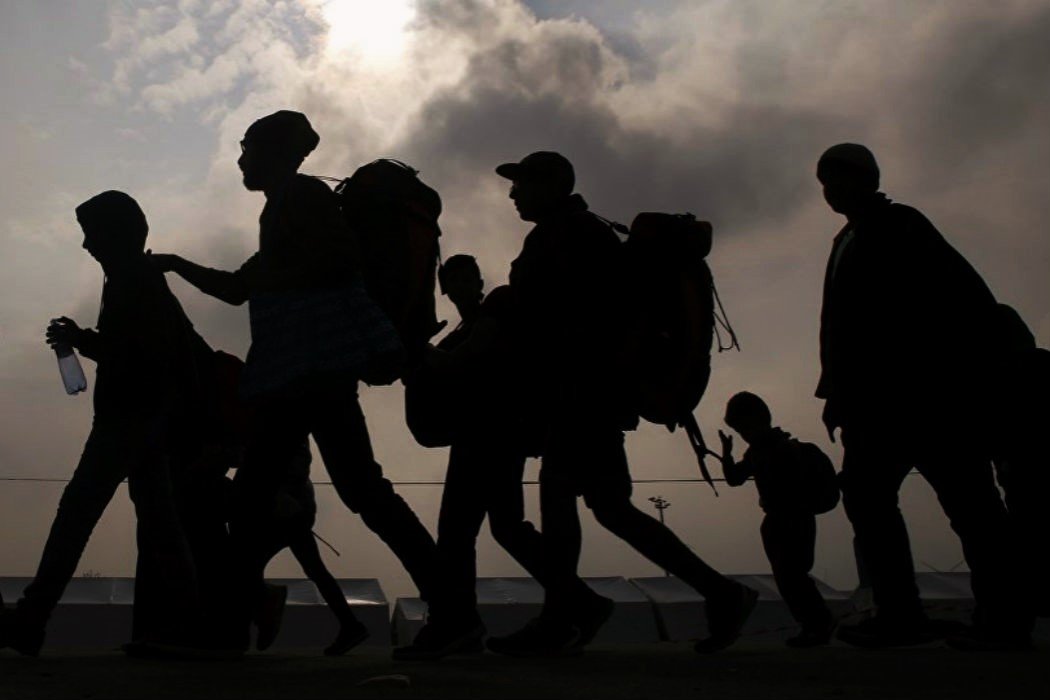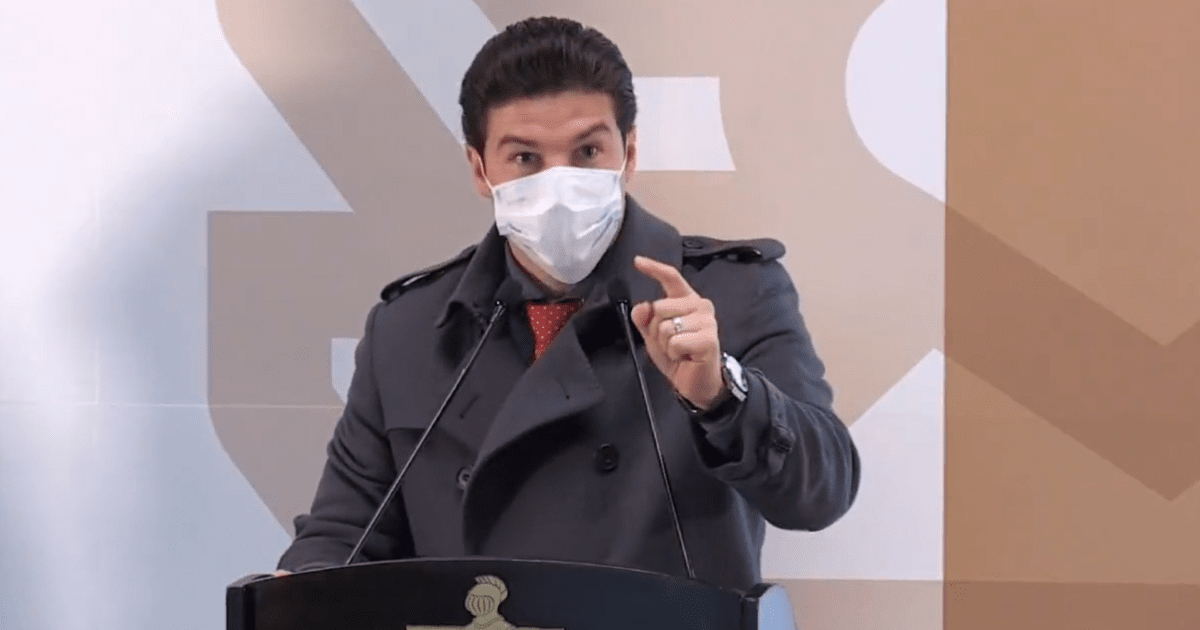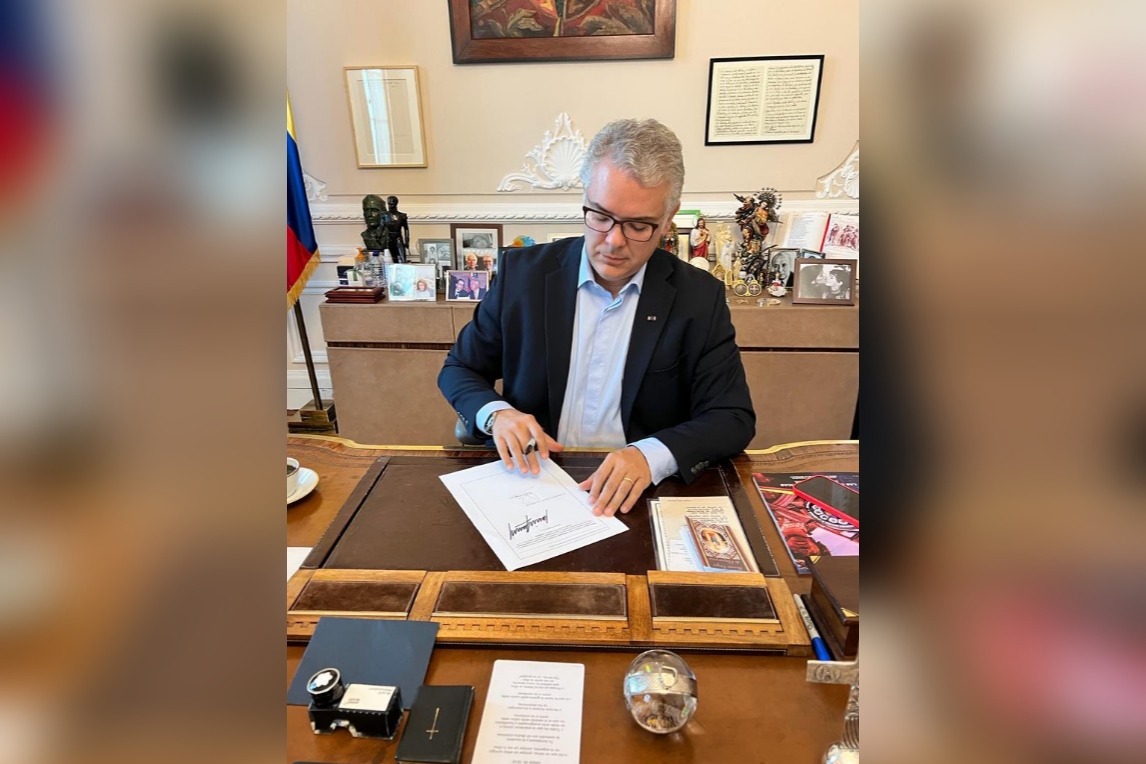“I am going far away, father; That’s why I’m here to give you the notice.
“And where are you going, if I may know?”
—I’m going to the North.
“And there for what?” Don’t you have your business here? Aren’t you into the pig market?
-I was. Now not anymore. does not leave Last week we didn’t manage to eat and last week we ate only quelites. There is hunger, father; You don’t even smell them because you live well.
“What are you saying there?”
—Because there is hunger. You don’t feel it. You sell your cuetes and your saltapericos and the gunpowder and with that you get by. As long as there are functions, the money will rain down; but not one, father. No one raises pigs at this time. And if he raises them, he eats them. And if he sells them, he sells them expensive. And there is no money to market them, other than this. Business is over, father.
“And what the hell are you going to do to the North?”
—Pos to earn money. You see you…”
Juan Rulfo, “Pass of the North” (1953).
Manuel Pérez Mendoza, a 32-year-old Cuban from Isla de la Juventud, has been in Ciudad Juárez since Monday, May 2. There he was returned by Border Patrol after holding him for a week and a few days. Despite being told that he would be taken to a religious institution, supposedly in US territory, he was transferred along with other migrants to the Mexican side of the border, where personnel from the National Migration Institute (INM) and the National Guard were waiting for him.
There they informed him that the policies had changed for Cubans and, like the rest of the migrants who arrived illegally at the border, he was being returned to Mexico by virtue of the revitalization of “Title 42”1 or the “Stay in Mexico” ProgramtwoThey did not specify more.
The screams, tears and protests were useless. Manuel was abandoned on the hump of the bridge that intertwines and divides identical geographies and different worlds; a bridge ironically named “Paso del Norte” that rises, ignorant and oblivious, over the broken dreams left by migrants in their wake.
Born in 1990, at the beginning of the deepest crisis that Cuba suffered after 1959, Manuel’s childhood and youth were marked by better and worse experiences, with illusions that things could improve and sinkholes that made him plummet and have to start over to those around him.
The son of some young people from the eastern provinces who went to study on the Isle of Youth and made their lives there, he has lived decade after decade the accumulation of disappointments and dreams that hover on a small island within a larger archipelago, where the economic difficulties have increased, along with the reduction of its population through emigration to other areas of Cuba or abroad. In this continuous tide that snatches away dreams and people, some of his relatives, including a brother, arrived in the United States through Ecuador before Barack Obama repealed the “wet foot, dry foot” policy, while he started working for own account (building and rehabilitating homes) with the socioeconomic transformations promoted in the “raulista era”.3
However, like so many other Cubans, he decided to take the road to “el Norte” because “he couldn’t take it anymore, he couldn’t take it anymore.” With a young child, the pandemic coronavirus, the lack of economic options, the “blackouts” and the ever-increasing difficulties of daily life, “leave” has become the only possible option in his opinion: “the queues to get anything, especially when there are small children ; beg people to buy from you with their cards, because you have to have cards in dollars, otherwise they won’t sell you anything”; and because “you know that things are not going to get better, everything is for the worse (…) You thought that with the changes things were going to get better but nothing, everything is getting worse and worse (…) My brother had to leave and now it’s my turn.”
With the money that his relatives managed to borrow in Miami, Manuel was able to pay for the plane to get to Havana and from there to Nicaragua, the country most used to start the journey to the United States because it does not currently request visas from Cubans. In Managua he paid the “coyotes” to cross him through different nations and borders: El Salvador, Honduras, Guatemala until he reached Mexico. In that last country they connected him with Mexicans in Tapachula who took him with other migrants to an isolated and desert place between Chihuahua and Texas, a journey that was not easy at all, full of delays, dangers and difficulties that ended in a vehicle overcrowded with people near “El Paso”, where a United States border patrol detained him and took him to a shelter.
Already consigned, Manuel hoped that, as he had learned from the rumors that spread among his friends and the Cubans he met along the way, they would carry out the required interview, take his fingerprints and send him, sooner or later, with his family in Florida to wait for the judge’s decision on his case, or the usual year and a day to benefit from the Cuban Adjustment Act.
Cuba, current migration crisis: characteristics and testimonies (I)
But things did not go the usual way. Their group was separated by sex, given a uniform, placed in an isolated space and, after several days, the men were returned to Mexico without much explanation and with misleading or unclear information according to the accounts of those interviewed. Without having accurate information, since the authorities only told them that they were being returned to Mexico “because of Title 42”, some of the group fled to try to cross again, others made phone calls, while Manuel and other migrants wandered around Ciudad Juárez looking for food and a hotel for the night.
That is how he learned that the “Americans” had expelled him because they had many migrants and could not take care of all of them. Although they made exceptions for Cubans, Nicaraguans and Venezuelans in previous months, now it seemed that they were only accepting a few. As the countrymen living in the city referred to, it was not clear what was happening: “things are changing fast, it is not known what they are going to do tomorrow (the US authorities) or what options we have here (in Ciudad Juárez). Look, right now they can leave you in the United States and do your paperwork, or send you to Mexico, you don’t know, and here nobody takes care of you…”.
The feeling of uncertainty and danger of being alone in a strange place was a new experience for Manuel. Although he left Cuba without worrying much about the road and its possible complications, now came to his mind, like a chaotic whirlpool, all the problems and dangers that he had faced and those that remained to be overcome in order to offer a future to his people. If he managed to get there, to the United States, he could send economic aid to those who had remained in Cuba and, over time, claim those he could: his son, his wife, his parents…
What Manuel did not know was that, since the beginning of the coronavirus pandemic, Donald Trump had launched an obscure practice known as “Title 42” that allows people who arrive in the United States irregularly to be returned expeditiously. Under that policy, 1,833,824 people had already been expelled since 2020 and without even asking their names.
Due to the lack of agreements between the United States and Cuba, it had not been possible to return Cubans who arrived across the border, but given the increase in arrivals of islanders and the growing difficulties in dealing with their number, President Biden agreed with Mexico return them to its territory with the understanding that that country, by having migratory agreements and good diplomatic relations with Cuba, would be in a better position to deal with the problem.
Although he is not even aware of it, Manuel owes his current situation to the tensions and negotiations between the country of origin, transit and possible destination. In the complicated geopolitical chess, an unknown young Cuban named Manuel has become another bargaining chip, an “other” despised by his own and foreign states that tries, in spite of it or perhaps for that reason, to survive with all their forces to reach “the other side”.
Pensive, looking from afar at the nations that do not see or care, under the scorching sun of Juárez, Manuel thinks about how much the “pollero” will charge him to cross again, which area of the border will take him and how safe he can being in a place where even children work for the “narcos”. He tells himself, quietly, that it doesn’t matter, he will try again and again until he succeeds, because his family awaits him on a small island within the larger archipelago, an island that was once the territory of the young and of hope but no longer, now dreams are deposited in those who depart… Lost in his thoughts, Manuel begins to walk aimlessly until he meets border guards who ask him about his identity and what he is doing there. Clearly and with his eyes fixed on the interlocutors, he answers: “My name is Manuel, I am Cuban, and I am in El Paso del Norte.”
***
Grades:
1 In early 2020, and in the context of the coronavirus pandemic, the United States Centers for Disease Control and Prevention (CDC) issued a public health order that gave the agency the authority to determine if a contagious disease in the foreigner represented a danger to the United States. Under this argument, it was stipulated that all migrants who arrived at the border could be returned to their country of origin or to the last country of transit in an expedited manner and without giving them the opportunity to request asylum. This measure, harshly criticized for violating people’s human rights, has caused significant controversy but, to date, remains in force. See in this regard, Catherine E. Shoichet, What is Title 42? A border policy that allows rapid deportation and that generates debate”April 26, 2022, CNN in Spanish.
two On January 25, 2019, the presidents of the United States (Donald Trump) and Mexico (Andrés Manuel López Obrador) launched the “Stay in Mexico” program or MPP (Migrant Protection Protocols). Under this agreement, US border officials return asylum seekers to Mexico to await the judge’s decision on their case. This program, with its variations, has been maintained during the Biden administration, which continues to force migrants to stay for months or years in the dangerous cities of the Mexican border in conditions of extreme vulnerability. See in this regard Human Right Watch, “Stay in Mexico. Information and resources”February 7, 2022.
3 After the arrival of Raúl Castro to the government of the country, in 2008, the so-called “updating” process began to be developed, a set of economic and social initiatives to improve economic performance without giving up the socialist model, as argued in the “Economic and Social Policy Guidelines Project”. In this context, and within the framework of the VI Congress of the Communist Party of Cuba in 2011, a series of measures were approved such as the delivery of idle land in usufruct and self-employment was encouraged.






